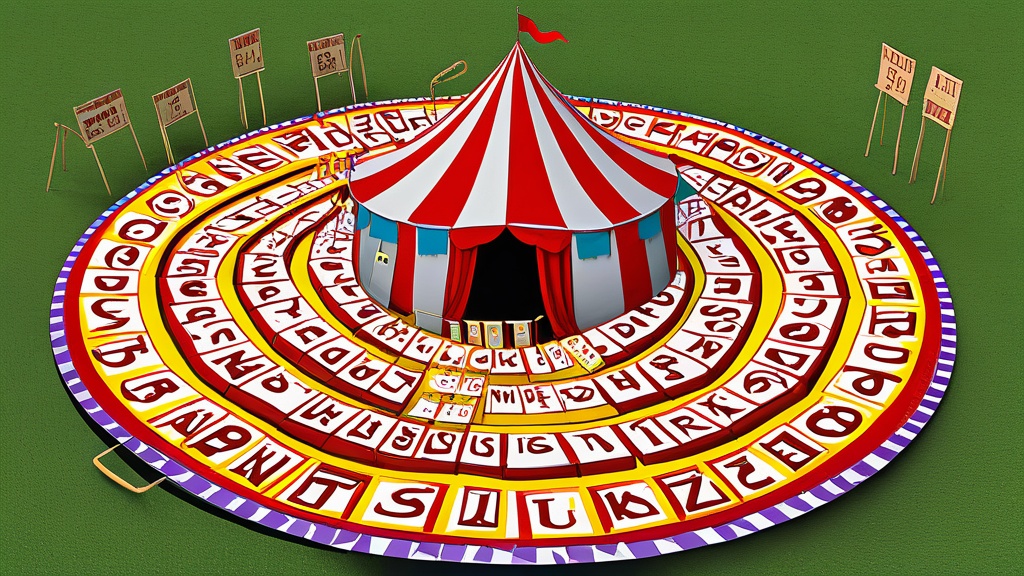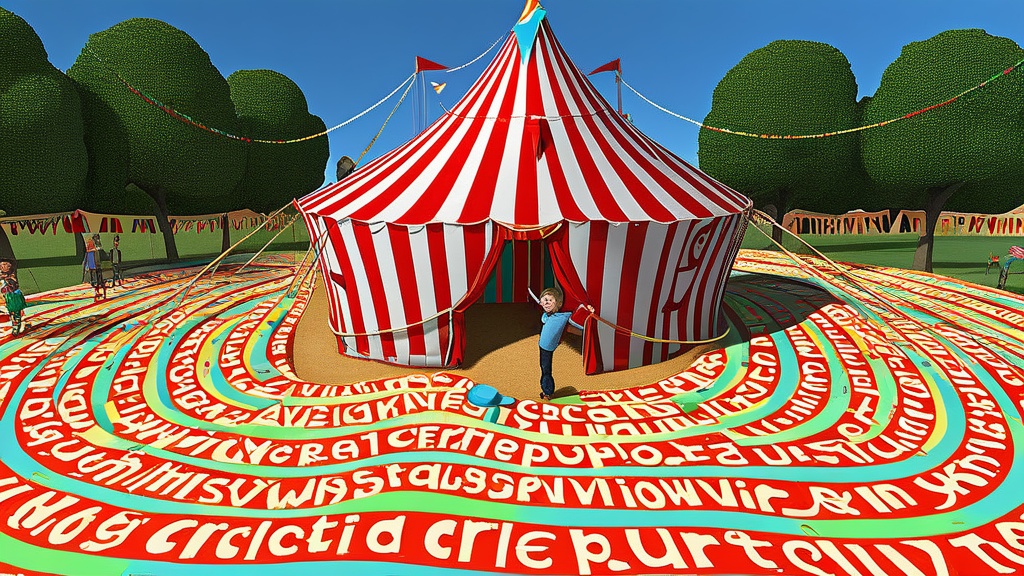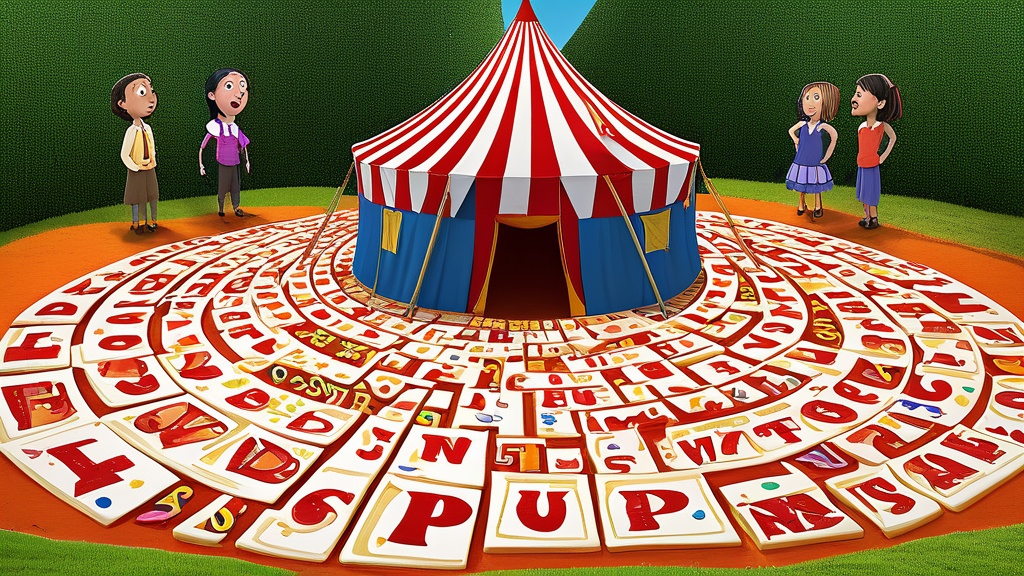If you’ve ever watched a fourth grader write “b/c” instead of “because,” welcome to my circus. I’ve spent more than a decade teaching kids (and a few adults who should know better) how to shorten words without turning their writing into alphabet soup. Today I’m talking about elementary abbreviation—yes, that exact phrase—because people keep asking me for an easy, funny, no-fluff guide to abbreviations, acronyms, initialisms, contractions, and the rest of that grammar zoo. In my experience, kids love shortcuts: texting slang, note-taking hacks, simple grammar rules. Me too. I’m not made of time. But there’s a right way to use them. And a way that makes your teacher sigh so hard the windows shake.
Why we cut words down (and why I cheer a little when kids do it well)

I’ve always found that shortening words isn’t lazy. It’s survival. We’ve got brains that like patterns. We like saving seconds. When I’m jotting notes during a fast class or a town hall (long story), I lean on abbreviations. That’s not cheating; that’s note-taking strategy. Think: speed, clarity, and less hand cramp. Plus, kids in grades 3–5 eat this up. It feels like secret code. They’re not wrong.
But there’s a line. You can shorten “January” to “Jan.” That’s fine. You shouldn’t shorten “photosynthesis” to “psyn” and expect your science teacher to clap. I’ve seen it. I laughed. Quietly.
What I mean when I say “shortened words”
Let me quick-sort the options, because people mix them up like it’s a game of Scrabble at midnight.
The big three you’ll actually use
- Acronyms: Say them as a word. Like NASA, NATO, or scuba. Yes, scuba is an acronym. I didn’t make the rules, I just quote them at parties.
- Initialisms: You spell the letters. FBI, DIY, PTO. No, your mouth doesn’t have to say it as a word; your brain just wants it short.
- Contractions: Words squished together with an apostrophe. Don’t, can’t, you’ll. Contractions are the sweatpants of English—comfortable and socially acceptable in most places.
If you want a simple, big-kid resource, the very normal summary on Wikipedia’s page on abbreviation is decent. Easy examples, clear types. It’s not scary.
And the smaller crew (still useful)
- Shortenings: Truncating words. Info (information), bio (biography), gym (gymnasium). Easy stuff.
- Symbols: $, %, kg, cm. Math folks use these like candy.
- Titles and honorifics: Mr., Mrs., Dr., Sgt. Kids love these. They feel official.
What I think is: if a fifth grader can read it out loud without crying, it’s fair game in class notes. If your reader needs a decoder ring, slow down.
My origin story (or: the day “Wed.” ruined a spelling test)
Years ago, I graded a quiz where one student boldly wrote “Wed.” for “Wednesday” on a spelling test. Technically right. Also, not the answer. I stared at it. I respected the hustle. But yeah—context matters. In a spelling test: write the full word. In a planner or calendar: Wed. all day.
That’s when I started making quick “abbrev kits” for my students: a short list of approved shortenings for notes, planners, and science labs. No guessing. Less drama. Fewer emails from parents asking what “w/” means (it’s “with,” and has been since dinosaurs used stone tablets, I promise).
When to shorten, when to chill
- Notes and planners: Yes. Save your hand. “Assignment due Fri. Read ch. 5–6.” That’s perfect.
- Emails to teachers: Maybe. “Hi Ms. R, I’ll be absent Fri.” is fine; “brb, got 2 go 2 doc” is not.
- Tests and essays: Mostly no. Unless the teacher says it’s okay (like “Mr.” or “U.S.”).
- Labels and charts: Yes. “Temp (°C), min, max, avg.” That’s science-ready.
In my experience, confidence goes up when kids have rules. Short list. Clear boundaries. Add humor and stickers and boom—no tears over commas. Well. Fewer.
Capital letters, periods, and the tiny marks that cause big fights
I have opinions. You knew this.
Capitals: when to shout and when not to
- Initialisms and acronyms based on proper names get capitals: NASA, FBI, PTA.
- Casual shortenings don’t: info, math, gym, bio. Looks weird capitalized.
- Units of measure are lowercase except at the start of a sentence: cm, kg, ml. Symbols like “L” for liter can be uppercase by convention. Science loves exceptions.
Periods: dots that vanish when style guides argue
- Mr., Mrs., Dr. keep their dots in American English. British style sometimes drops them. Your teacher will have a style. Ask once. Remember forever.
- U.S. or US? Both exist. Your class might pick one. I use US without periods unless I’m following a strict rule set.
- Months and days: Jan., Feb., Wed. are fine in planners. I don’t use periods when space is tight on a chart. Practical beats perfect.
If you want an official grown-up take, check the APA style guide on abbreviations. It’s clear, tidy, and blessedly not 500 pages long.
Pluralizing abbreviations: the “add s or ’s?” drama
- Most plurals just add s: DVDs, VIPs, UFOs.
- Use an apostrophe for clarity if the letters get ugly: Mind your p’s and q’s. Yes, that one is classic.
- No random periods unless the style you’re following wants them. If your teacher doesn’t care, neither do I.
Kid-tested “table” of common shortcuts I actually allow
I don’t love fancy tables on a blog, so here’s a text table you can screenshot. It reads clean on phones. Works like a charm.
Quick-reference “table” (text version)
- Word — Abbrev — Say it? — Note
- Monday — Mon. — Mon — Planner-friendly
- Tuesday — Tue. or Tues. — Tooz — Pick one and stick with it
- Wednesday — Wed. — Wed — For calendars, not spelling tests
- Thursday — Thu. or Thurs. — Thurz — Pick one style
- Friday — Fri. — Fry — Planners, announcements
- January — Jan. — Jan — Space saver
- February — Feb. — Feb — No “Febuary,” please
- With — w/ — “with” — Notes only
- Without — w/o — “without” — Notes only
- Because — b/c — “because” — Notes only; not in essays
- Homework — HW — H-W — Common in class notes
- People — ppl — “people” — Texting; avoid in school work
- Temperature — temp — “temp” — Science lab ok
- Minute — min — “min” — Timers, lab charts
- Maximum — max — “max” — Graphs, labels
- Average — avg — “avg” — Math and science
- Mister — Mr. — “Mister” — Titles, always capitalized
- Missus — Mrs. — “Missus” — Titles, capitalized
- Doctor — Dr. — “Doctor” — Titles, capitalized
- United States — US or U.S. — “You-ess” — Follow class style
- Centimeter — cm — “centimeter” — Unit symbol
- Kilogram — kg — “kilogram” — Unit symbol
- Milliliter — mL — “milliliter” — Capital L is common
Texting slang vs. school abbreviations (yes, they’re different)
Here’s my slightly cynical take: texting slang is fine in your chats. It’s not great in a lab report on plants. Your teacher is not your group chat. Still, understanding the slang helps. Sometimes kids bring me stuff like “WSG?” and stare at me, waiting. So I keep a mental list of common internet acronyms. If you’re curious about one that pops up a lot, here’s a quick explainer on what does WSG mean on TikTok. Good example of how slang shifts across text and video.
In my classroom, we keep slang out of formal work. But I do teach it, because decoding is a skill. You can’t write well if you don’t also read the world you live in. And yep, that world says “idk,” “tbh,” and “brb” a lot.
Mini “table”: common texting vs. school-safe versions
- Texting — School-safe — Where it’s okay
- brb (be right back) — back in 5 — After-class notes
- idk (I don’t know) — not sure — Anywhere
- tbh (to be honest) — honestly — Informal writing
- btw (by the way) — by the way — Most emails
- ttyl (talk to you later) — talk later — Chats only
- imo/imho — I think / in my view — School writing
Rule of thumb: If the person grading your paper might Google it during coffee, don’t use the slang there.
How I teach kids to abbreviate on purpose, not by accident
Strategy time. I swear by three simple habits.
1) Build a personal abbreviation bank
I hand students a tiny list to start. Then we add to it. Slowly. We decide what’s allowed in class notes, what’s allowed in lab reports, and what’s email-safe. We practice reading each other’s notes, because if your friend can’t read “ch. 3 vocab due Wed.” then you didn’t save time. You just made a puzzle.
2) Read it out loud
Take your notes and read them as if you’re telling someone else. “Mon: HW—math wkst, sci ch. 4, bring $5.” If it sounds clear, you nailed it. If you trip, fix the confusing bits. Most “bad” abbreviations fail the out-loud test.
3) Style consistency beats being “right”
In my experience, style guides disagree like siblings. One says keep periods in U.S., another says no. Pick one style for your class or report and stick with it. Keep a key on page one if you need to. People love keys. They feel professional. Also, fewer “what does this mean?” emails at 10 p.m. So, you know. Peace.
Small but spicy: where grown-ups argue (and I pick my battles)
I used to get dragged into debates about whether to write “Ph.D.” or “PhD,” “U.S.” or “US,” and whether months need periods. These days I just ask: who is the audience? If it’s for school, follow the teacher. If it’s for a contest or publication, follow their style sheet. If it’s your notebook, follow your own rules—just write the key once at the top.
If you want to read one standard source that doesn’t make your eyes fall out, I already pointed to APA above. That plus a quick skim of a reliable overview like this explanation of abbreviation types will carry you far.
Elementary-friendly practice ideas that don’t feel like homework
- Timer notes: I set a 2-minute timer and ask students to summarize a paragraph using at least five abbreviations or symbols (w/, temp, min, US, Dr.). Then we translate back to full sentences. Magic.
- Calendar challenge: Students plan a fake week of assignments using days/months short forms (Mon., Tue., Wed., Jan., Feb.). It’s oddly fun. Stickers help.
- Science stations: Label tools and steps with unit symbols and short words (cm, kg, mL, max). Great for ESL/ELL students too. It’s visual.
- Spot-the-mess: I show a note that’s too short (ppl, bc, smth, 4 tmrw). They fix it into school-safe abbreviations. Chaotic fun.
- Make your own key: Students build a class “abbrev key” on a poster. We use it all year. Fewer arguments. Less “I didn’t know.”
My pet peeves (loving, but still)

- Random periods. People writing “cm.” with a dot. It’s a unit, not a sentence. No dot.
- Every Word Capitalized Like It’s A Movie Title. Stop. Please stop.
- Inventing “cool” short forms mid-essay. I once saw “anlys” for “analysis.” My soul left my body for six seconds.
- Using “&” in formal writing just because it looks cute. Save it for company names and posters.
- Spelling names as abbreviations. “Thos.” for Thomas? Edwardian ghost vibes. Hard pass in modern schoolwork.
Cheat sheet “tables” you can copy into your planner
Days and months (planner-safe)
- Full — Short — Tip
- Monday — Mon. — Keep the period if your class prefers it
- Tuesday — Tue. or Tues. — Pick one and be consistent
- Wednesday — Wed. — Planner-only on tests
- Thursday — Thu. or Thurs. — Class style choice
- Friday — Fri. — Easy win
- Saturday — Sat. — Weekend vibes, still school sometimes
- Sunday — Sun. — Same story
- January — Jan. — Great in headings, not essays
- February — Feb. — Keep it simple
- March — Mar. — Avoid “Mrch.” I’ve seen it. Ouch.
Measurements and science labels
- Full — Symbol — Note
- centimeter — cm — Lowercase, no period
- meter — m — Lowercase, no period
- kilogram — kg — Lowercase, no period
- gram — g — Lowercase, no period
- milliliter — mL — Capital L is common for clarity
- second — s — Time unit
- minute — min — Word, not symbol, is common in class
- temperature — temp — Label for charts
- average — avg — Good for math tables
- maximum/minimum — max/min — Great on graphs
Titles and organizations
- Full — Short — Say it?
- Mister — Mr. — “Mister”
- Missus — Mrs. — “Missus”
- Doctor — Dr. — “Doctor”
- Parent-Teacher Association — PTA — P-T-A
- Do it yourself — DIY — D-I-Y
- United States — US or U.S. — You-ess
A few nerdy clarifications that save headaches later
- Say acronyms as words (NASA), initialisms letter by letter (FBI). Yes, some do both (GIF is chaos; I know).
- Contractions (don’t, can’t) are not “slang.” They’re standard English. Use them.
- Numbers love abbreviations: “5 min,” “3 kg,” “2 cm.” No periods after the units.
- Use a key for unusual short forms: “Key: temp = temperature; avg = average; ch. = chapter.” Done.
- Some teachers want periods in “U.S.” Some don’t. Both are fine. Follow their rules. Then forget them at home if you want.
The “elementary” part no one says out loud
When people ask me about elementary abbreviation, what they really want is permission: “Is it okay if my kid writes shorter?” Yes—if the reader still gets it. The goal is clear writing, not winning a shortest-text contest. This isn’t Twitter 2012. It’s school.
Also, let me state the obvious: kids vary. ESL learners might lean on symbols and short forms first, and that’s fine. Some students with dysgraphia or ADHD save real energy by abbreviating. That’s not a workaround. That’s support. The grown-up job is to teach a tiny set that works and to keep it steady across subjects. That’s it. Not fancy, just kind.
Translation practice (my favorite five-minute drill)
I end a lot of classes with this. Try it now. Write a sentence in short form, then expand it. Or the reverse. Here’s one:
- Short form: “HW: sci ch. 3, read p. 14–20, lab Wed., bring 2 mL H2O.”
- Full form: “Homework: science chapter 3, read pages 14 to 20, lab on Wednesday, bring 2 milliliters of water.”
See? No mystery. Same meaning. Less hand cramp. More time for snacks. It’s the sweet spot.
What the “experts” say when they’re not arguing on the internet
For anyone who wants backup from people with clipboards, there are style guides. They don’t all agree (shocking), but they outline common sense rules: define abbreviations if the audience may not know them, keep them consistent, and avoid overuse in formal writing. I use those guidelines when coaching older students too. Middle school, high school—same playbook, just more detail.
If you want a deeper rabbit hole (your call), the APA rules on abbreviations are straightforward, and the general overview here will remind you of the categories without melting your brain. Pick a lane, apply it, move on with your life.
Common mistakes I still see (and how I fix them fast)
- Using abbreviations in spelling tests: Not allowed. Write the whole word. Sorry, Wed. does not equal “Wednesday” in that context.
- Inventing new short forms mid-assignment: No. If it isn’t on your class key, write it out, or define it once at the top.
- Periods after units: Don’t. “cm.” is wrong in science class.
- Switching styles: US in one sentence, U.S. in the next. Pick one. Your reader has eyes.
- Abbreviating names in signatures: “—T.” on a formal email? Spell your name. It’s your name.
If I were starting from scratch with a new group
- Set the key on day one: days/months, units, a few note-taking forms (w/, w/o, ch., pg.).
- Practice “read back” every week. Five minutes. Students explain their notes to a partner. If it fails, they adjust the abbreviations.
- Use visual posters of the key. Keep it in view. Kids will use what they see.
- Give feedback on clarity, not just spelling. If the message lands, you’re winning.
Do abbreviations make writing worse?
No. Overuse does. Abbreviations are tools. Like scissors. Helpful when used right. A problem when used on a sibling’s hair. Balance. That’s all I’m preaching here.
A last small thing I wish more people knew
Abbreviations change with time. What your grandparents used in letters (PS, RSVP) shows up now in texts and emails. Some slang (LOL) got so common it’s basically normal English. And some will vanish next month when a new meme lands. If you’re teaching kids, you’re really teaching judgment: choose what helps your reader today. Not what was cool two years ago. Not what looks clever.
Anyway, that’s my soapbox. If you made it this far, you’re probably either a parent trying to decode a math notebook or a teacher who needs a clean, not-boring way to talk about this. Take what helps. Ignore the rest. And if someone tries to pick a fight about periods in “U.S.” at dinner—tell them I said they can choose either and still sleep at night.
FAQs (the ones I actually get)
- Q: Is it okay if my fifth grader writes “b/c” for because in homework? — A: In notes, sure. In final answers or essays, write “because.” Easy rule: notes=yes, finished work=no.
- Q: Should we use US or U.S. for social studies? — A: Ask the teacher once. Then stick with it all year. Consistency matters more than which one you pick.
- Q: Are contractions like “don’t” allowed? — A: Yes, unless a teacher says “formal only.” Contractions are standard English, not slang.
- Q: My kid writes “cm.” with a dot. Is that wrong? — A: Yep. Units like cm, kg, mL have no periods in science class.
- Q: What’s the difference between an acronym and an initialism again? — A: Acronym is a word you can say (NASA). Initialism is letters you spell (FBI). If you can’t say it as a word, it’s probably an initialism.

Hey, I’m Lucas. My blog explores the patterns and connects the dots between tech, business, and gaming. If you’re a curious mind who loves to see how different worlds intersect, you’re in the right place.




Love this guide! Abbreviations are not lazy, they’re survival. Kids enjoy it as secret code!
Love abbreviations for efficiency! This guide is funny AND informative. Great resource for teachers and students alike.
How do you determine when to abbreviate words and when not to?